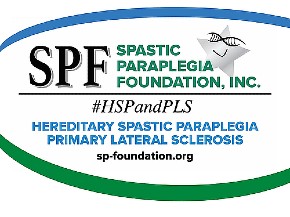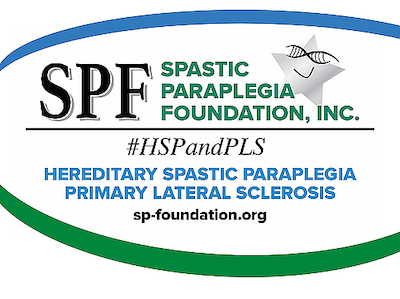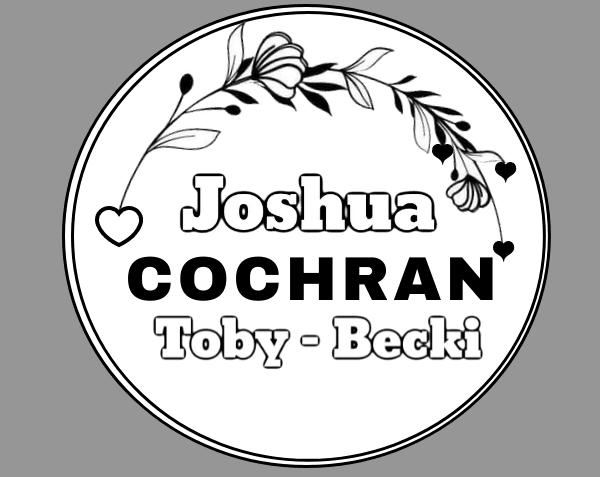As Sarepta Therapeutics (SRPT) waits for the Food and Drug Administration to announce an approval decision on a new drug to treat Duchenne muscular dystrophy, the biotech is years behind schedule on a requirement to confirm the muscle-function benefit of its first and top-selling medicine Exondys 51.
The FDA has until Monday to decide if Sarepta can market a second drug called Vyondys 53 to treat patients, mostly young boys, with the inherited and fatal muscle-wasting disease. Approval would accelerate Sarepta’s revenue growth because it targets a different genetic form of Duchenne than Exondys 51.
But the long-term commercial success of both drugs is contingent on Sarepta producing definitive scientific proof of a clinical benefit for Duchenne patients. For Exondys 51, whose generic name is eteplirsen, that requirement is taking longer than expected — raising questions about Sarepta’s effectiveness and its commitment to fully meet FDA-mandated obligations.
Approval of Exondys 51 was highly controversial, and came after a majority of outside advisers to the FDA concluded there was not sufficient evidence to prove it was effective in treating Duchenne. In the intervening years, a doctor who treats patients with the condition told STAT, some families have reported their children have received a benefit from the drug; other families have not and have discontinued treatment.
“Given the skepticism and concern that existed at that time about whether or not eteplirsen works, there should be a heightened focus on the company following through on their part of the bargain,” said Dr. Caleb Alexander, a professor of epidemiology and medicine at the Johns Hopkins Bloomberg School of Public Health, referring to Sarepta’s commitment to confirm the drug’s benefit with post-approval clinical trials.
Alexander, who was among the experts who recommended against approval, said he was “disappointed but not shocked that Sarepta hasn’t yet submitted confirmatory data.”
“This is not the first instance where these types of data haven’t been produced as readily as one might hope,” he said.
Sarepta said the delay in verifying a positive treatment effect of Exondys 51 was regrettable and unintentional.
“We believe Duchenne patients are benefiting from Exondys 51 and we are conducting the confirmatory clinical trial as fast as possible,” Sarepta chief executive Doug Ingram told STAT.
FDA approved Exondys 51 in 2016 under expansive rules designed to speed up the development of medicines for unmet medical needs. Sarepta convinced the FDA that a small increase in a protein called dystrophin found in muscle fibers was “reasonably likely” to predict clinical benefit in Duchenne patients. But if Sarepta is unable to later tie Exondys 51 to a positive clinical benefit — an improvement in muscle function and performance — the FDA could withdraw the treatment from the market.
Likewise, with Vyondys 53, if also approved next week.
Exondys 51 sales totaled $300 million in 2018 and are expected to reach nearly $400 million this year, which means Sarepta profits significantly while the final verdict on the Duchenne drug’s efficacy remains in limbo.
The amount of Exondys 51 administered weekly is dependent on the patient’s weight, but the medicine’s annual cost can reach $1 million.
In June, Sarepta submitted a plan to the FDA for an Exondys 51 confirmatory clinical trial. Patient enrollment is expected to start by the end of the year, with results ready in 2024, Sarepta said.
But that timeline puts Sarepta three to four years behind schedule in meeting the projections established in an agreement with the FDA when Exondys 51 was granted accelerated approval in 2016. Under the original plan, the confirmatory trial was expected to finish in 2020, with a final report submitted to FDA in 2021.
An FDA spokesperson told STAT that Sarepta is still being held to the 2020-2021 post-marketing requirement timeline established in the original Exondys accelerated approval agreement.
“FDA does not make a determination of whether a company has good cause for failure to comply with post-marketing requirement milestones until they are actually missed,” the FDA spokesperson said. “We cannot stress enough the importance of the confirmatory studies, both to the patients with Duchenne and their families and to the community of patients who will benefit in the future from accelerated approval.”
Dr. Kathryn Wagner, director of the Center for Genetic Muscle Disorders at the Kennedy Krieger Institute in Baltimore, said she believed Sarepta was “doing the responsible thing with the current clinical trials.”
“Unfortunately, it takes time to collect the data,” she said.
Wagner, a neurologist by training, testified in favor of Exondys 51’s approval at the FDA advisory committee meeting in 2016. Today, she treats 20 Duchenne patients with the genetic mutation that makes them eligible for Exondys 51. Nine of these patients are currently on treatment.
“I hear mixed feelings from patients. … It’s hard to know if the progression of the disease is being delayed without data from a clinical trial,” she said.
The confirmatory trial announced in June will enroll approximately 150 patients with the genetic mutation that makes them eligible to receive Exondys 51. The patients will be randomized to receive either the current dose of Exondys 51 or a dose more than six times higher. The goal of the trial will be to show the higher Exondys dose produces significantly more dystrophin protein and improves muscle function and performance compared to the currently approved dose.
Ingram, who was named Sarepta’s CEO in June 2017 and not involved in early discussions about the trial, said planning took longer than expected. The confirmatory trial is starting three years after approval.
Ingram said when he joined Sarepta, the design of the confirmatory trial was still in flux. The company was still debating the proper, higher dose of Exondys 51 to investigate, its safety and cost. And then all of these variables needed to be cleared with the FDA.
Still, Sarepta was always fully committed to conducting a confirmatory clinical trial and fulfilling its FDA requirements, said Ingram.
Three years is a long time, which has opened Sarepta to criticism and questions about whether it was more interested in Exondys 51 sales than collecting confirmatory data.
“Sarepta doesn’t want to know if eteplirsen really works because those sales have been helping to pay for its gene therapy work,” a parent of a child with Duchenne told STAT. The parent believes Exondys 51 is helping their child, but asked to remain anonymous for fear of backlash from the broader Duchenne community, which supports Sarepta.
The Institute for Clinical and Economic Review, the Boston-based watchdog group, concluded in July that Exondys 51 was not cost-effective, in large part because Sarepta has failed to collect evidence that the drug provides functional patient benefit.
At the ICER meeting where Exondys 51 was reviewed, Dr. Emma Ciafaloni, a neurologist at the University of Rochester, said the failure to collect real-world evidence from boys treated with the therapy since its approval was a “missed opportunity.”
At the same meeting, Mindy Leffler, a parent of a child with Duchenne being treated with Exondys 51, said it was “immensely frustrating” that there wasn’t yet clinical data collected to show the drug improves muscle function. Leffer believes Exondys has slowed the progression of Duchenne in her child. She has been working with Sarepta to collect real-world evidence to help confirm the drug’s benefit.













